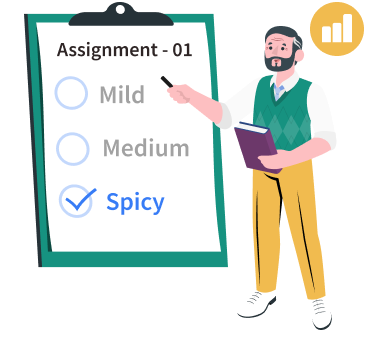Teaching Making Inferences from Random Samples Easily
- Firstly, observe the main population/data/information carefully.
- Then, you may note down the subset of the population.
- Finally, use the correct arithmetic operation to get an appropriate result.
Here is an example to make inferences through random samples. Let’s look at the given example mentioned below to understand inferences through random samples.
Q. A pizza store surveyed a random sample of 60 trinity food festival attendees about their favorite type of pizza. 30 of them said that the sausage pizza is their favorite. There are a total of 1600 attendees. Find a reasonable estimate.
Step 1: 30 / 60 of the attendees have sausage pizza as their favorite.
Step 2: Now, multiply the fraction by the total number of trinity food festival attendees.
So,
30 / 60 * 1600 = 0.5 * 1600
Answer: 0.5 * 1600 = 800.
Why should you use making inferences through random sample worksheets for your students?
- Making inferences through random sample worksheets will help your students to understand more about statistics and estimation.
- These worksheets will help your students to strengthen their arithmetic skills such as multiplication, division, addition, and subtraction.
Download Making Inferences Through Random Samples Worksheet PDF
You can download and print these super fun-making inferences through random sample worksheets from here for your students.

